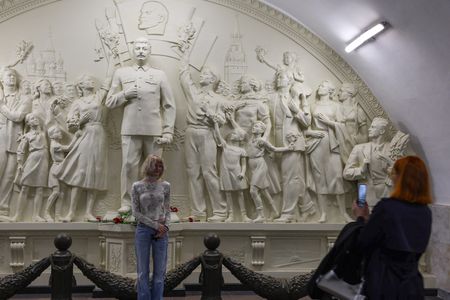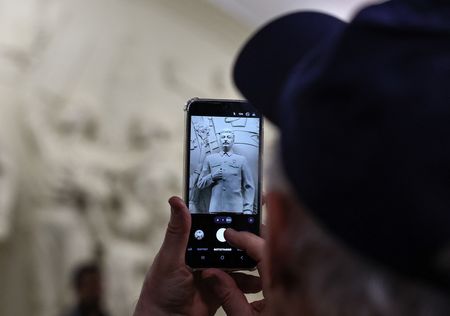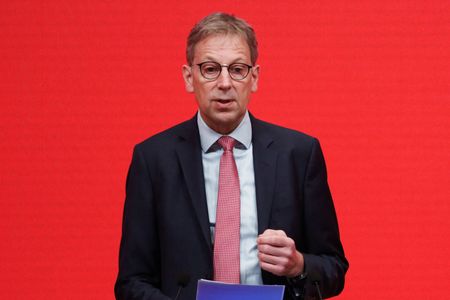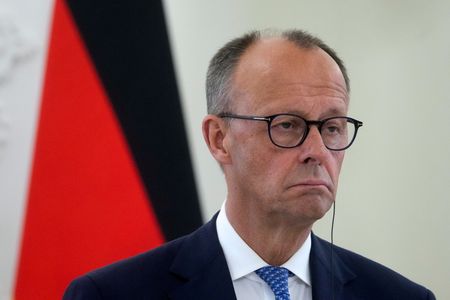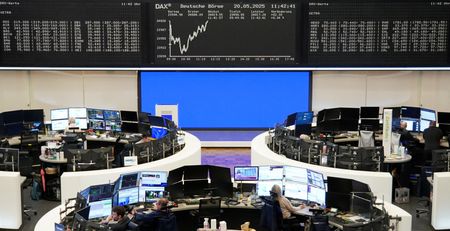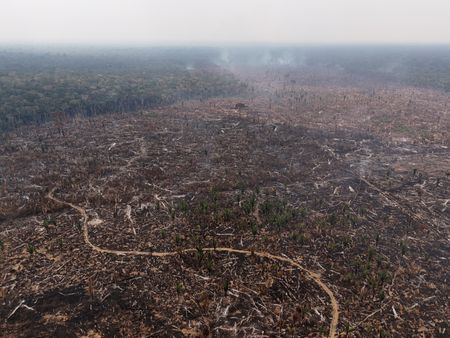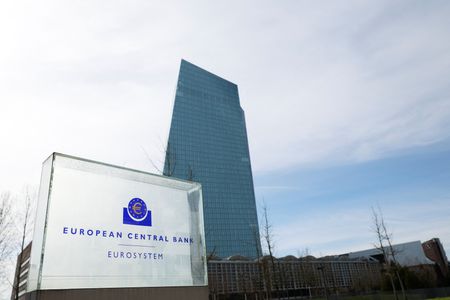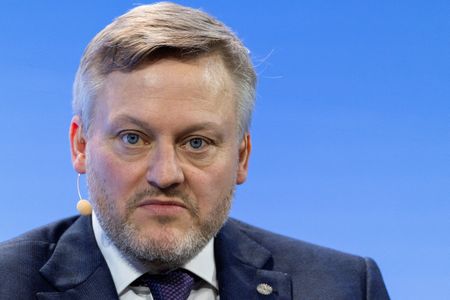MOSCOW (Reuters) -A monument to Soviet dictator Josef Stalin erected in Moscow’s metro is stirring debate, with some Russians welcoming it as a historical tribute, but others saying it’s a mistake to commemorate someone who presided over so much suffering.
The life-size wall sculpture in Moscow’s Taganskaya metro station depicts Stalin standing on Moscow’s Red Square surrounded by a crowd of Soviet citizens looking at him in admiration, and is a recreation of a monument that was unveiled in the same station in 1950, three years before Stalin died.
The Moscow metro said that the original monument to Stalin had been “lost” in 1966 when the Taganskaya metro station hosting it had been reconfigured.
Nearly 700,000 people were executed in Stalin’s 1937-38 Great Terror amid show trials and purges of his real and perceived enemies. Many other Soviet citizens were sent to the Gulag, a grim network of prison camps, spread across the world’s largest country.
The Moscow metro said in a statement that the new version of the monument, which was presented to the public on May 15, was one of its “gifts” to passengers to mark the 90th anniversary of the sprawling, ornate and famously efficient transport system.
The work’s original title, “Gratitude of the People to the Leader and Commander,” was dedicated to Stalin’s role in delivering victory for the Soviet Union in World War Two, the 80th anniversary of which Russia marked with pomp this year.
“This man (Stalin), he created a lot,” said Yevgeny Ivanov, a Moscow resident, who had come to look at the new monument on Wednesday.
“He has something to be proud of. And it is not for us to tear it down. A man did something – we must respect what he did.”
Kirill Frolov, another resident of the capital, said he accepted that Stalin’s record was mixed and that you couldn’t call him “good.”
But he said that Stalin’s role as a victor in World War Two and his successful industrialisation of the Soviet Union meant he had achieved real results and deserved to be remembered.
“This man did more for our country than anyone else. That’s why I think that this (the new monument) is good and there should be more… Because the generation of, say, the 2000s and later, they don’t really understand at all who this is.”
Others condemned the monument.
The Moscow branch of the liberal Yabloko party issued a formal protest against what it called the return of a monument to “a tyrant and a dictator” and demanded that the Moscow metro focus on commemorating the victims of Stalin’s repressions instead.
“The return of symbols of Stalinism to Moscow is spitting in the face of history and an act of mockery against the descendants of the repressed,” Yabloko said in a statement.
Unidentified individuals initially left two signs at the monument containing quotes from Russian President Vladimir Putin and former president Dmitry Medvedev which were critical of Stalin. They were later removed.
DE-STALINISATION
Soviet leader Nikita Khrushchev denounced Stalin for his brutality and crimes in 1956 and images of Stalin would later be systematically removed as part of a de-Stalinisation campaign. In recent years, some monuments to Stalin have begun to reappear in some places though his legacy remains deeply divisive.
Alexander Zinoviev, a researcher and expert on Soviet architecture, said he felt the new monument and the period it evoked had some parallels with the current mood inside Russia at a time when it is locked in a standoff with the West over the war in Ukraine.
“It is the same self-isolation, it is the same conservative ideology and reliance on our own strength,” he said.
“And this theme with Stalin, with his aesthetics…that we need to trust our leader and be happy and not criticise those in power, it is very in tune with our time.”
(Reporting by Moscow newsroomWriting by Andrew OsbornEditing by Alexandra Hudson)

